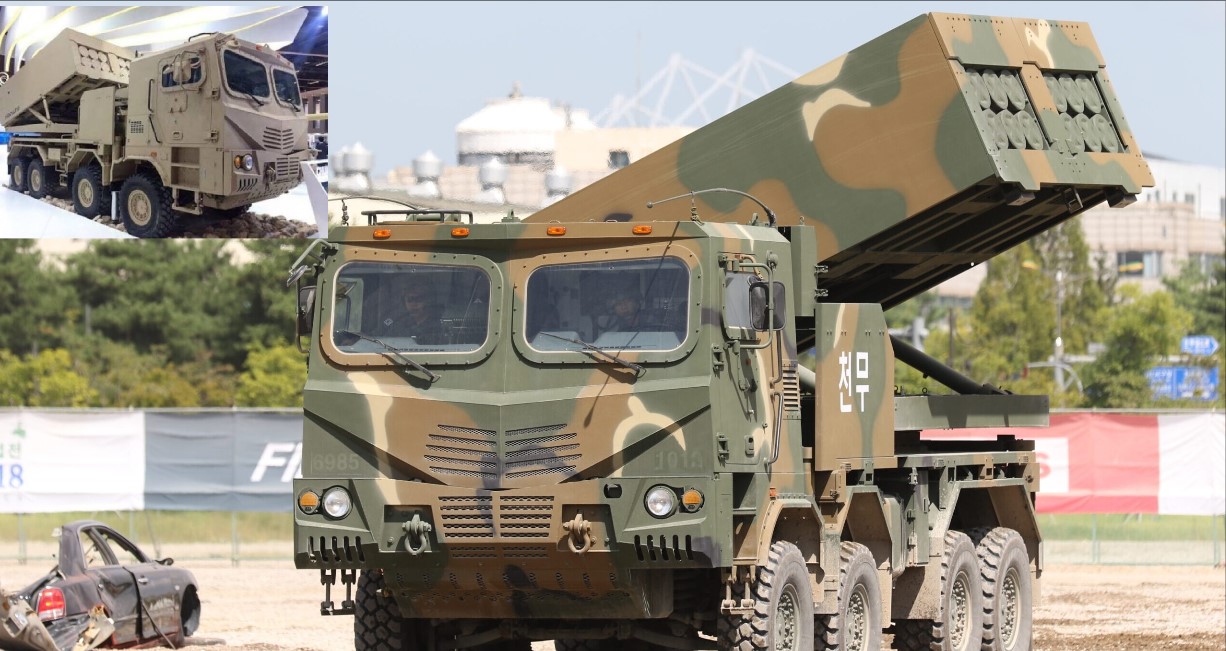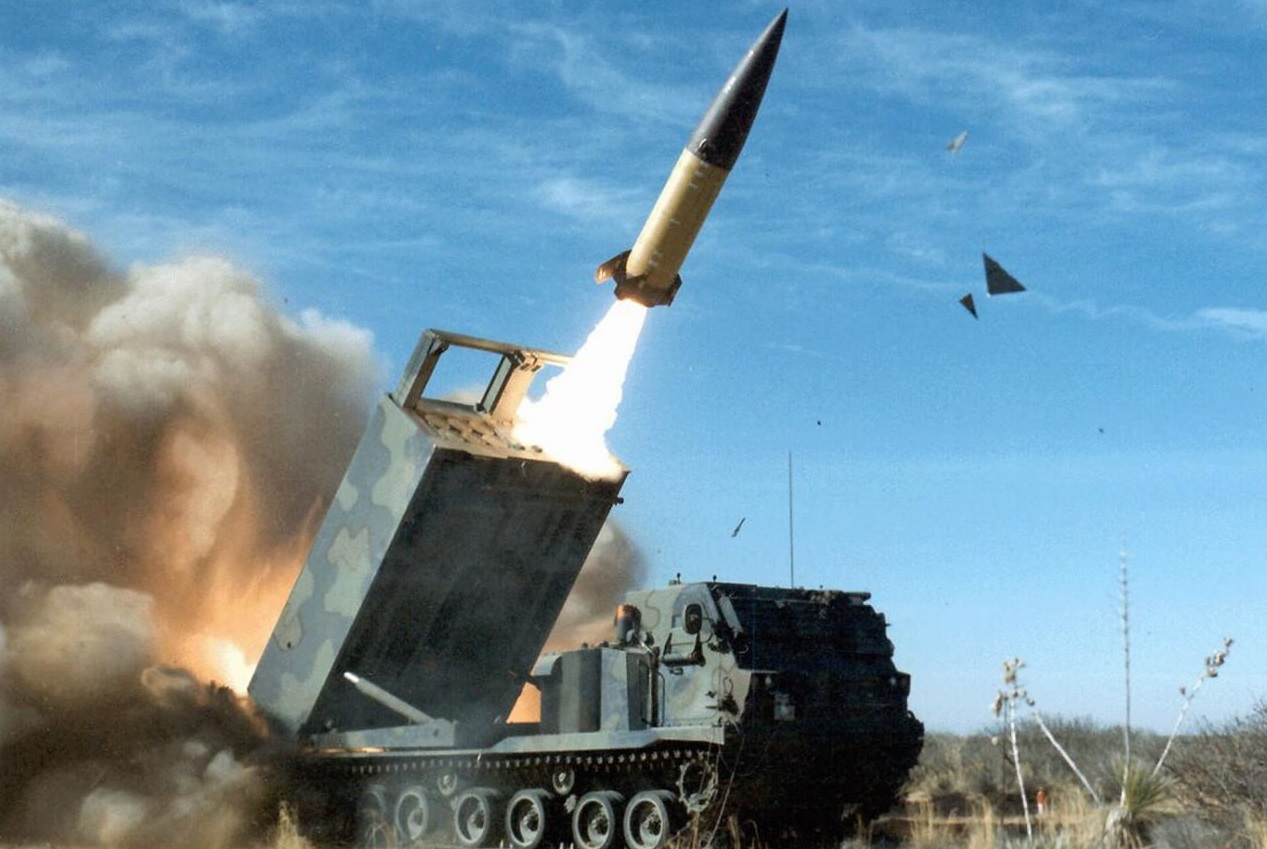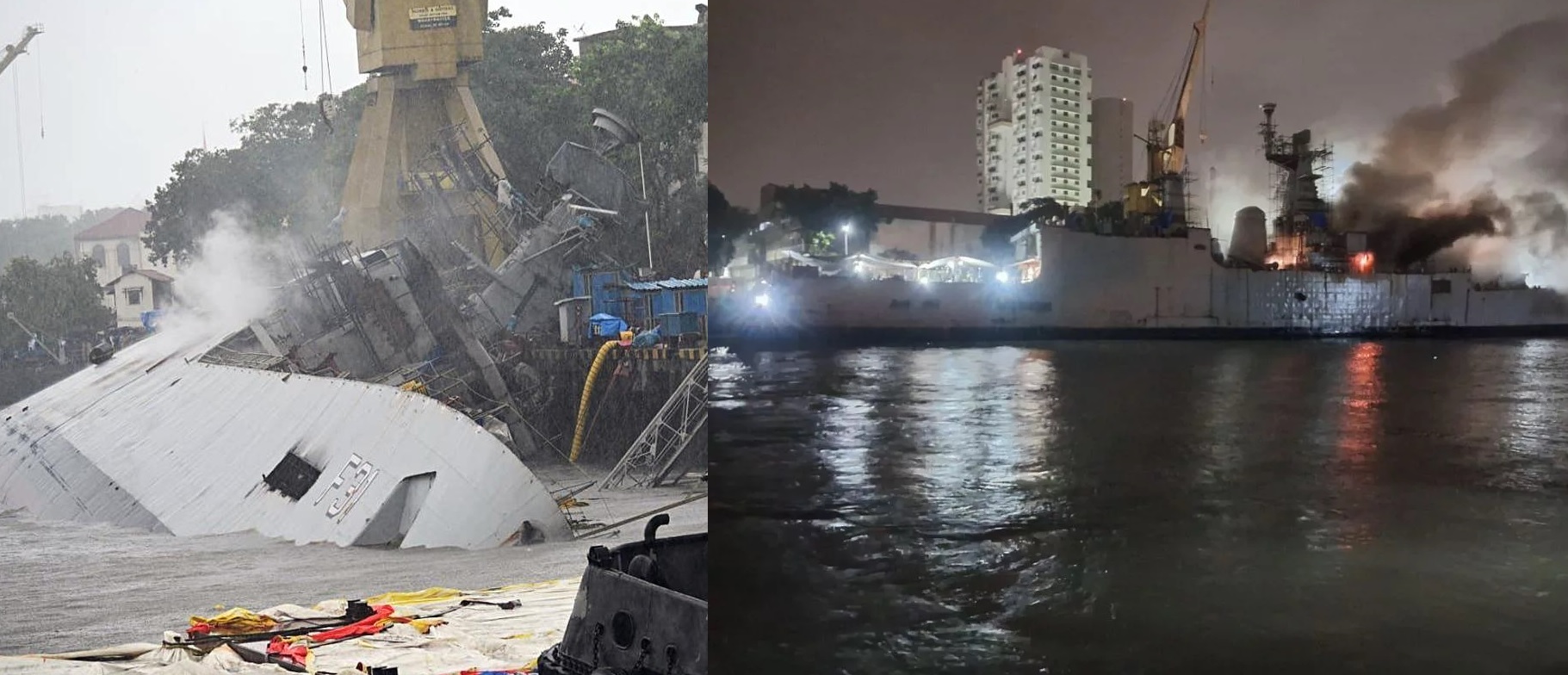Asteroid-Mining Company AstroForge gets 1st-ever FCC License for Commercial Deep-Space Mission

AstroForge, an ambitious new player in the space industry, has been granted a groundbreaking license by the Federal Communications Commission (FCC) to operate a commercial spacecraft beyond Earth’s orbit. This move marks the first time a company has been authorized for such an endeavor, setting AstroForge on a path toward a pioneering mission to prospect and, eventually, mine asteroids for valuable metals. The approval comes just ahead of its upcoming "Odin" mission, which is scheduled to launch in early 2025, marking a significant milestone for both the company and the emerging asteroid-mining industry.
AstroForge's Odin mission is poised to make history by pushing the boundaries of deep-space exploration and commercial potential. The FCC's approval, granted on October 18, 2024, authorizes AstroForge to set up a critical communication network between Earth and Odin, ensuring the spacecraft can receive commands and transmit data back to mission control. This connection relies on a series of radio ground stations on Earth that will allow engineers to stay connected with Odin as it journeys far beyond our planet—into deep space, which, according to the International Telecommunications Union, begins over 2 million kilometers (1.2 million miles) from Earth.
AstroForge’s mission has lofty goals: to prove that a small, commercial spacecraft can navigate to an asteroid, establish an orbit around it, and gather detailed data on its surface composition and structure. While Odin will not perform actual mining, it is a vital part of the larger plan, laying the groundwork for future spacecraft that will attempt to land, mine, and even refine precious metals in space. If successful, the mission could herald a new era of off-world resource acquisition, potentially altering the economic dynamics of metals like platinum and gold.
The road to Odin, however, has been anything but smooth. AstroForge launched its first mission, a small cubesat named Brokkr-1, in April 2023. This initial test was intended to evaluate its proprietary refining technology in low Earth orbit, though the trial did not go entirely as planned. Despite reaching orbit successfully, the Brokkr-1 cubesat experienced technical issues that prevented the refinery technology from activating as expected. AstroForge’s team viewed this mission as a learning experience, using it to pinpoint engineering weaknesses and gain firsthand insight into spacecraft design and operation—a crucial step toward the much more complex Odin mission.
The journey to prepare Odin for launch has also had its share of hurdles. Earlier this year, the original Odin spacecraft design failed a vibration test. This rigorous test simulates the intense forces of a launch, and the spacecraft's baseplate, where its propulsion tanks and thrusters are mounted, cracked under pressure. AstroForge determined that the flaws originated from manufacturing errors by a third-party supplier. Rather than proceed with a vulnerable spacecraft, AstroForge decided to scrap the original Odin and expedite the development of a replacement spacecraft, now referred to as Vestri, to carry out the Odin mission’s objectives.
Unlike its predecessor, Brokkr-1, which weighed only a few kilograms, the new Odin spacecraft is significantly larger at about 100 kilograms (220 pounds). It will hitch a ride as a secondary payload on Intuitive Machines' IM-2 mission to the Moon, expected to launch in January 2025. Once in space, Odin will break off to pursue its own trajectory, aiming to rendezvous with a near-Earth asteroid that AstroForge has yet to disclose. During the mission, Odin will image and map the asteroid’s surface, gathering data critical to the planning and design of future mining operations.
AstroForge’s strategy is sequential, starting with observational and navigational goals before advancing to full-scale mining. Following Odin, AstroForge plans to send its Vestri mission, tentatively scheduled for later in 2025. Vestri, if completed on time, will not merely orbit an asteroid but will attempt to land on it, further pushing the company’s proof-of-concept technology. Although neither Odin nor Vestri will conduct mining, AstroForge views these missions as essential steps to refine the logistics and technology needed for their ultimate goal: to send a spacecraft that can land, extract, and refine precious metals on an asteroid.
The challenges of asteroid mining go beyond merely reaching the asteroid. The harsh conditions of space, the complexities of landing on a low-gravity body, and the untested nature of in-space refining technology all make this a bold but uncertain endeavor. AstroForge’s technology, while still in experimental stages, aims to solve these problems by advancing both spacecraft design and in-situ resource utilization methods. If successful, future missions will bring this process closer to reality, ultimately proving that asteroid mining can be economically viable.
AstroForge’s vision of commercial deep-space missions could shift how industries on Earth access materials and consider supply chains. By bringing the concept of asteroid mining into practical experimentation, the company is paving the way for what could be a revolutionary leap in space resources, making humanity’s long-held dream of mining the stars seem just a bit closer to reality.


